Data show that GPM recapitulates or exceeds performance of standard-of-care diagnostics for cytogenetic analysis in the research setting
SEATTLE – April 25, 2025 –Phase Genomics, Inc., a leading innovator at the forefront of genomic technology development, today announced data from two studies in sarcoma and head and neck squamous cell carcinoma (HNSCC) demonstrating superior performance of AI-powered Genomic Proximity Mapping™ at the American Association of Cancer Research (AACR) Annual Meeting 2025.
“Our data at AACR validate a GPM paradigm shift for cytogenetic analysis, extending utility across all cancer types. We’re revealing structural variants and chromosome abnormalities that remain hidden to conventional methods, providing researchers with unprecedented genomic insights, even in challenging sample formats like FFPE,” said Ivan Liachko, PhD, co-founder and CEO of Phase Genomics. “The studies presented this year demonstrate how our AI-powered tech simplifies workflows while expanding our ability to detect clinically relevant genomic alterations. It’s a critical advancement toward more comprehensive cancer characterization and the potential to unlock new therapeutic paths for patients.”
GPM is a genome-wide, DNA-based assay that overcomes the limitations of current cytogenetics approaches. Data presented at AACR showcase the utility of the CytoTerra® platform, powered by GPM, to extend previously unavailable cytogenetic analysis to solid tumor cancers in a single assay, without the need for labor- and time-intensive reflex testing in standard-of-care diagnostics. The platform is amenable to a wide variety of sample types, including formalin-fixed, paraffin-embedded (FFPE) tissues, making it ideally suited to extend and accelerate cytogenetic analysis for all cancer types and sample formats.
Presentation Details
Poster 6634 / 15: Enhanced detection of gene fusions in sarcoma FFPE tissue using Genomic Proximity Mapping
Data presented at AACR support Phase Genomics’ genome-wide approach to identify known and novel gene fusions and other classes of chromosome abnormalities in 12 sarcoma FFPE samples that previously failed common cytogenetic tests. Findings suggest that GPM may be used to enhance classification of sarcoma stored in FFPE blocks where other methods fail:
- GPM was concordant with established findings or added additional pathognomonic findings
- In samples that failed standard clinical assays, GPM was able to identify actionable variants
- Identified novel structural variants across the genome that may be clinically relevant for subtyping
Poster 716 / 1: Discovery of biomarkers of brain metastasis using Genomic Proximity Mapping (GPM) on formalin-fixed paraffin-embedded head and neck squamous cell carcinomas
Analysis of GPM in two primary HNSCC tumors with brain metastasis and three non-metestatic HNSCC samples identified variants that allow inferences on tumor evolution. Notably, GPM identified alterations in known and targetable oncogenes in metastatic HNSCC samples, including:
- Structural rearrangements involving the JAK1 and EGFR loci in both samples, as well as a potential NRG1::FAM110B fusion in one case of metastatic HNSCC
- Structural alterations occurred outside the coding regions of the gene and would not be detected through standard panel sequencing
- Data support GPM as a tool for novel biomarker discovery in solid tumors, including HNSCC
CytoTerra is available for research use only and is not for use as a clinical diagnostic.
Discover next-generation cytogenetics powered by GPM and connect with the Phase Genomics team. Follow Phase Genomics on LinkedIn, X and Bluesky for the latest company news and information.
About Phase Genomics
Phase Genomics applies proprietary ultra-long-range genome sequencing technology to enable genome assembly, microbiome discovery, as well as analysis of genomic integrity and chromosomal aberrations. In addition to a comprehensive portfolio of laboratory and computational services and products, including reagent kits and genomic services, they also offer an industry-leading genome and metagenome assembly and analysis software. Based in Seattle, WA, the company was founded in 2015 by a team of genome scientists, software engineers, and entrepreneurs. The company’s mission is to empower scientists with genomic tools that accelerate breakthrough discoveries.


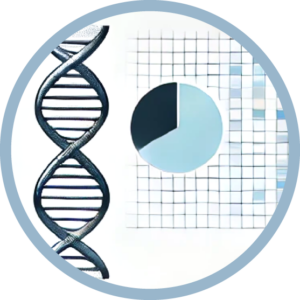

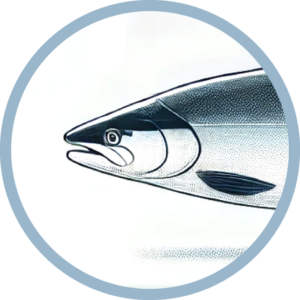

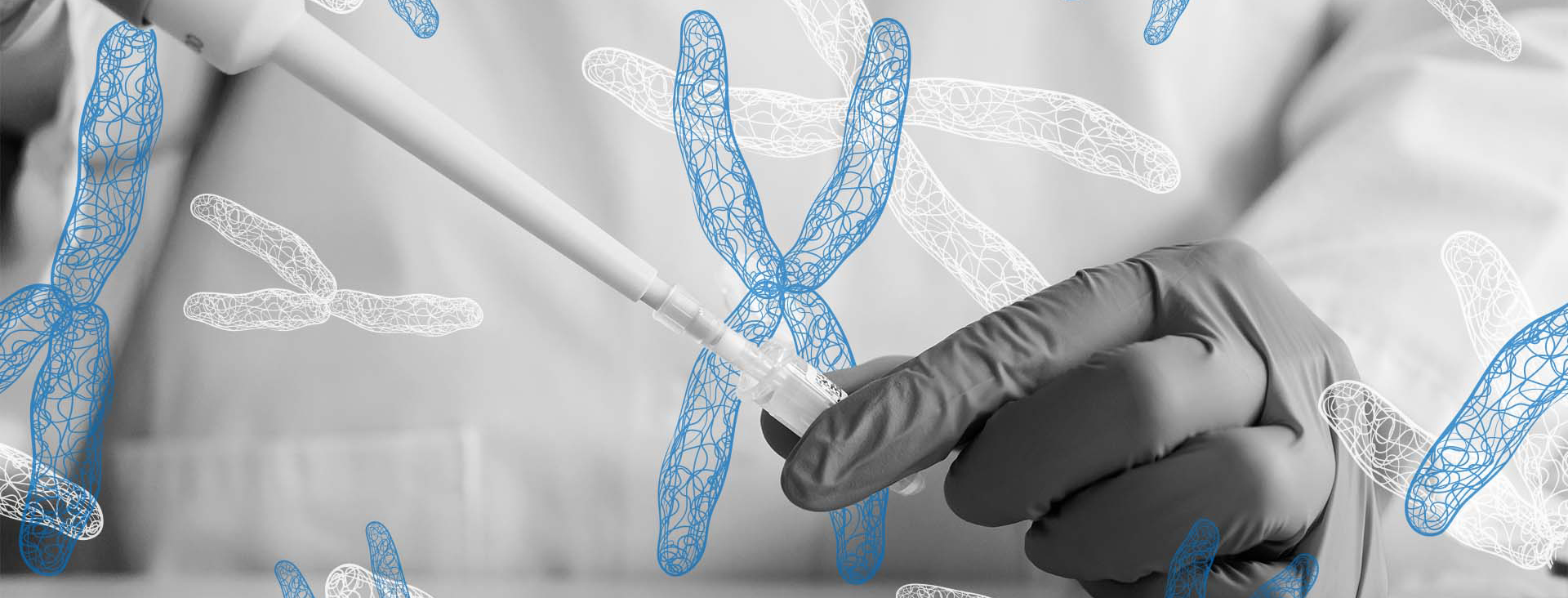
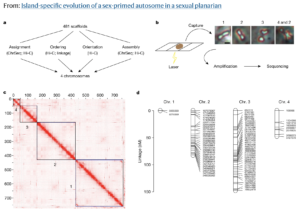

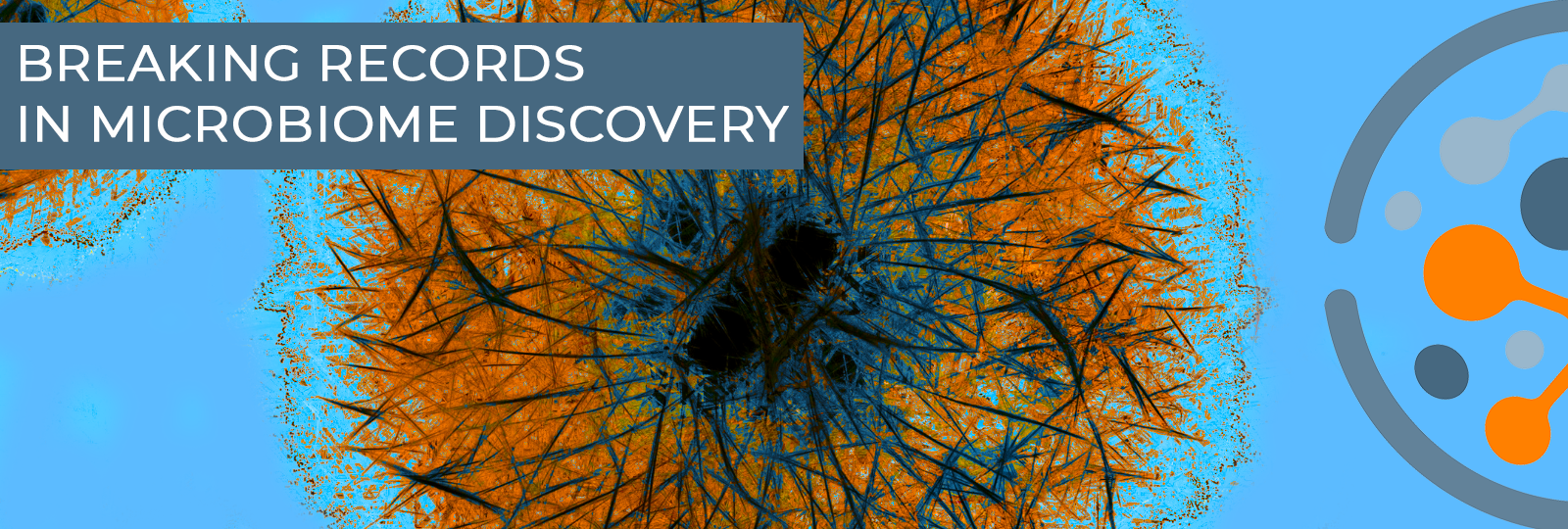


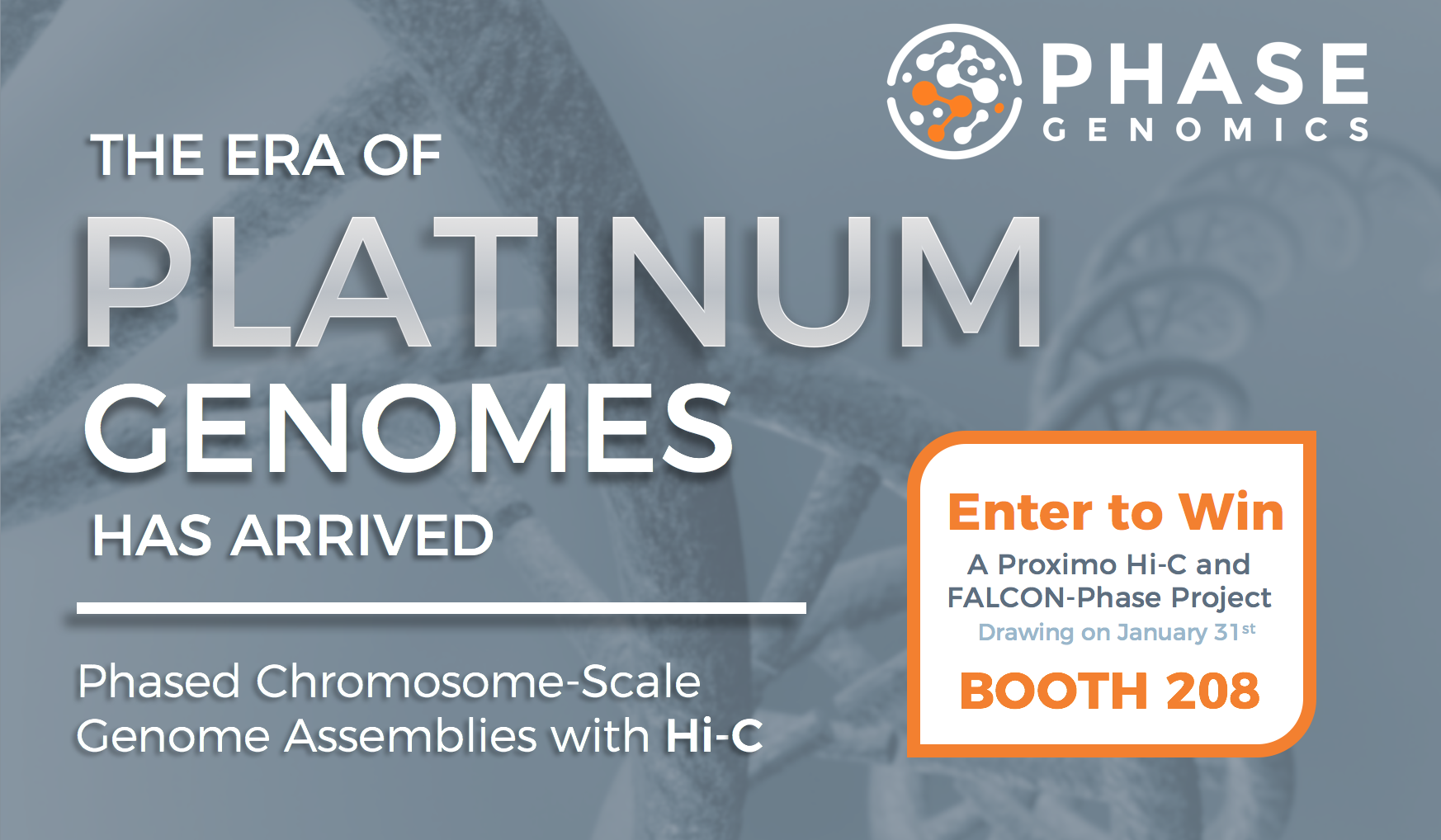
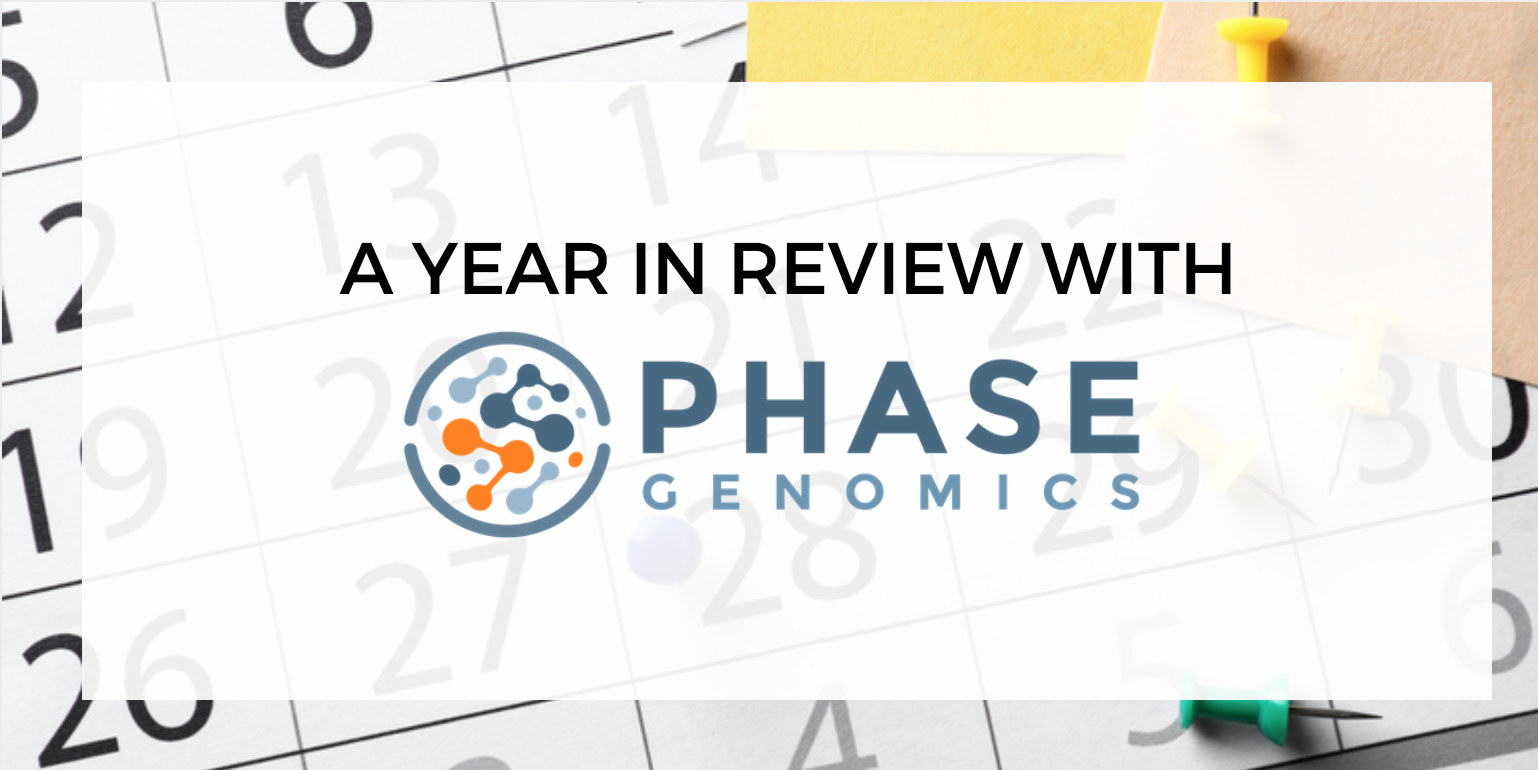



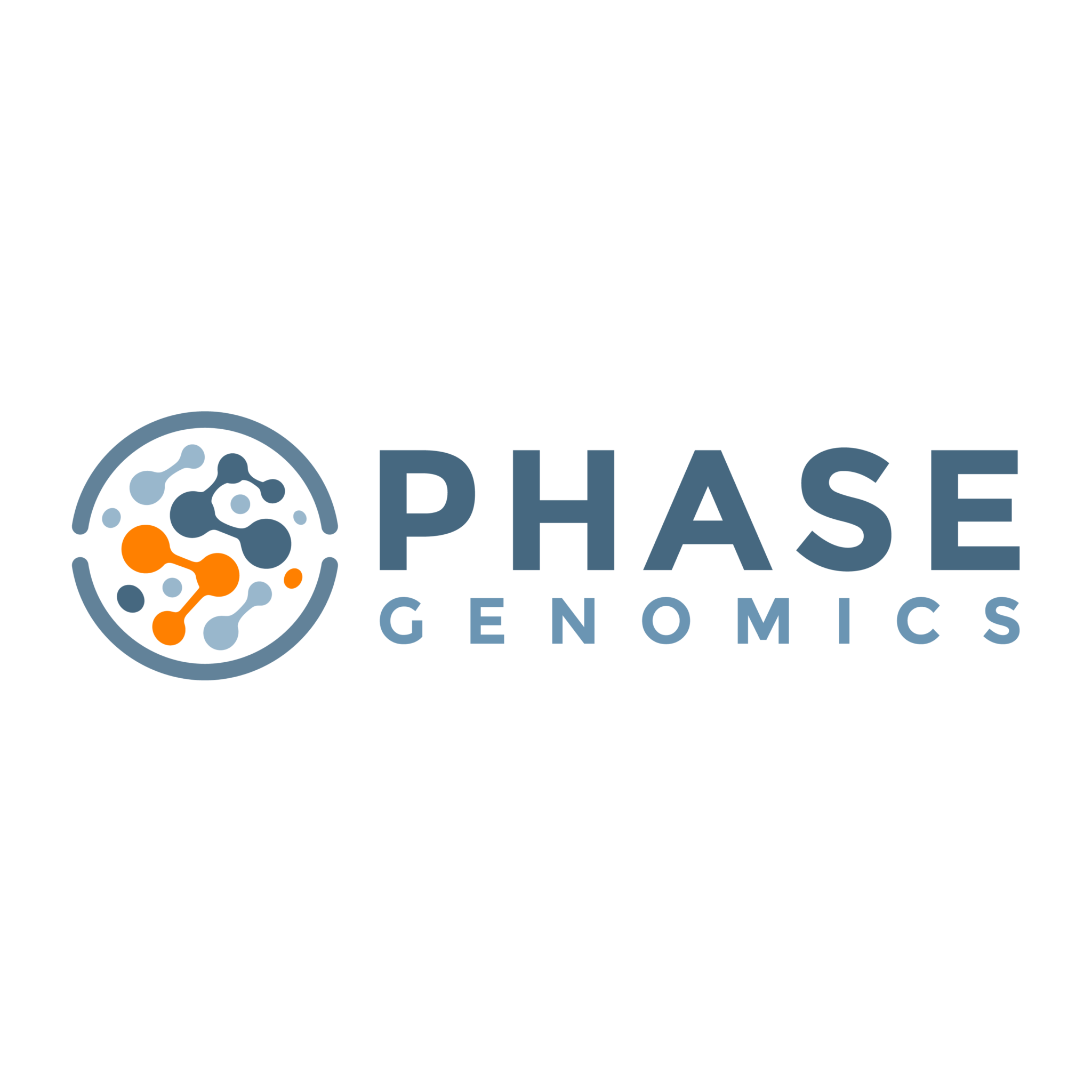





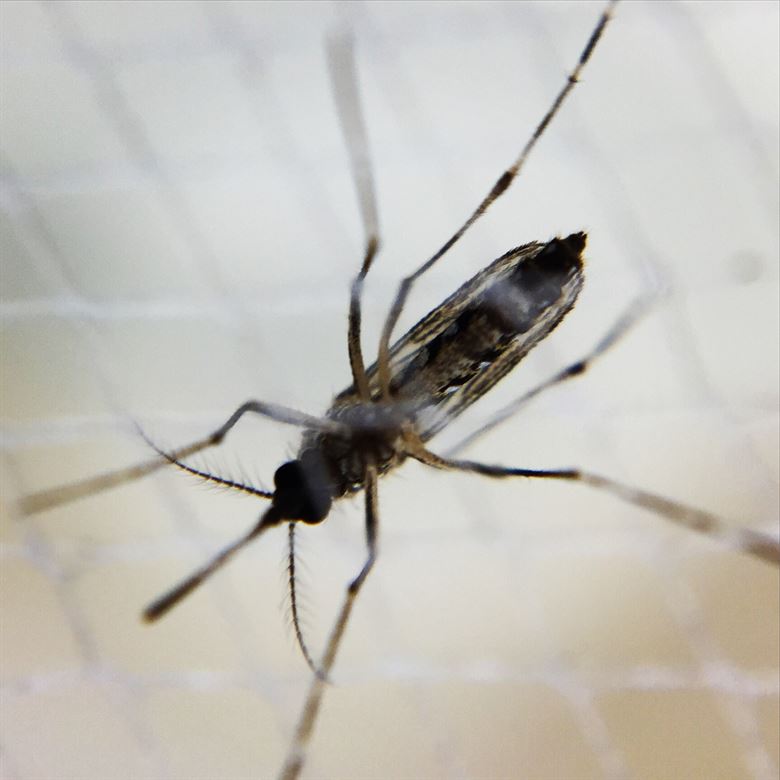
 Twitter
Twitter LinkedIn
LinkedIn Email
Email